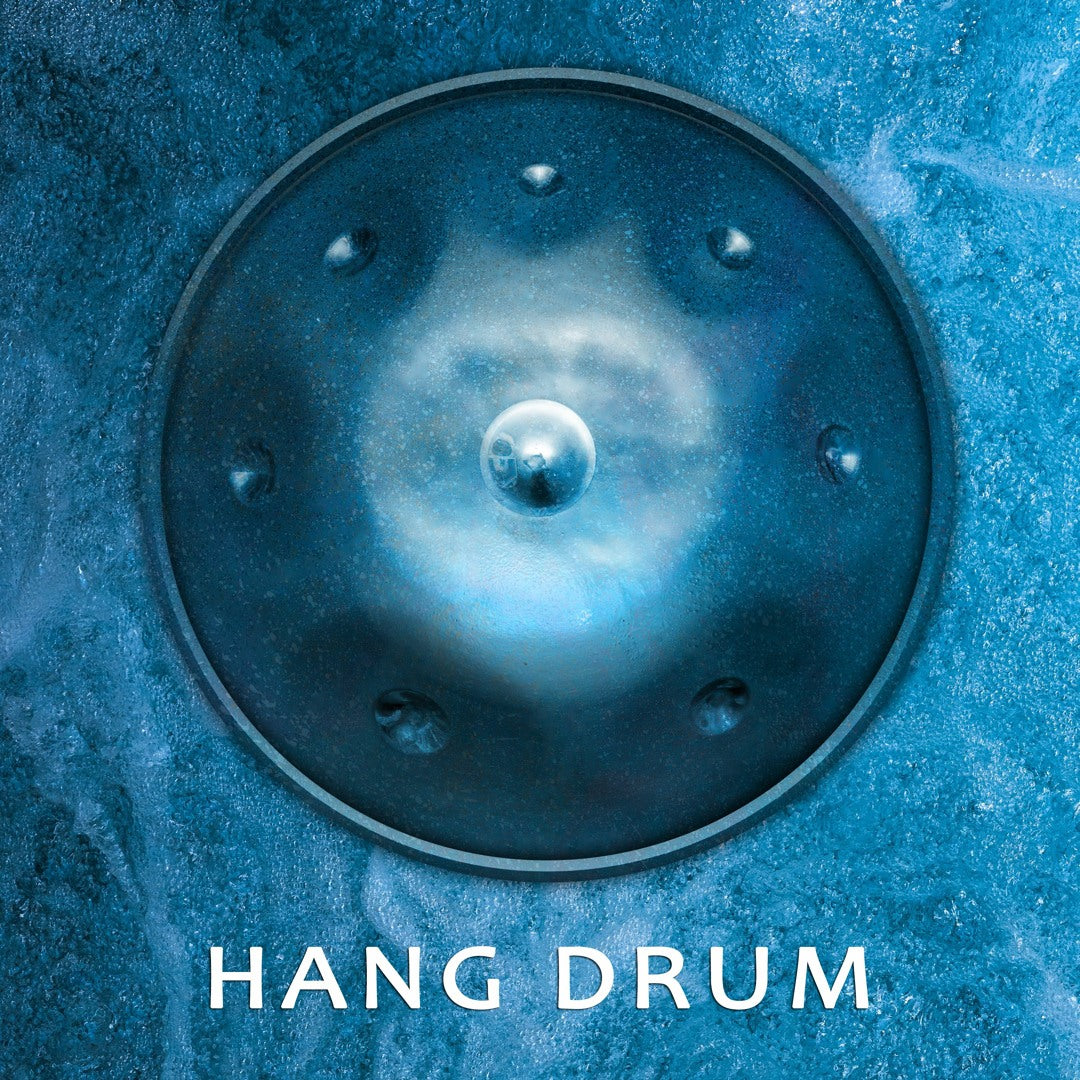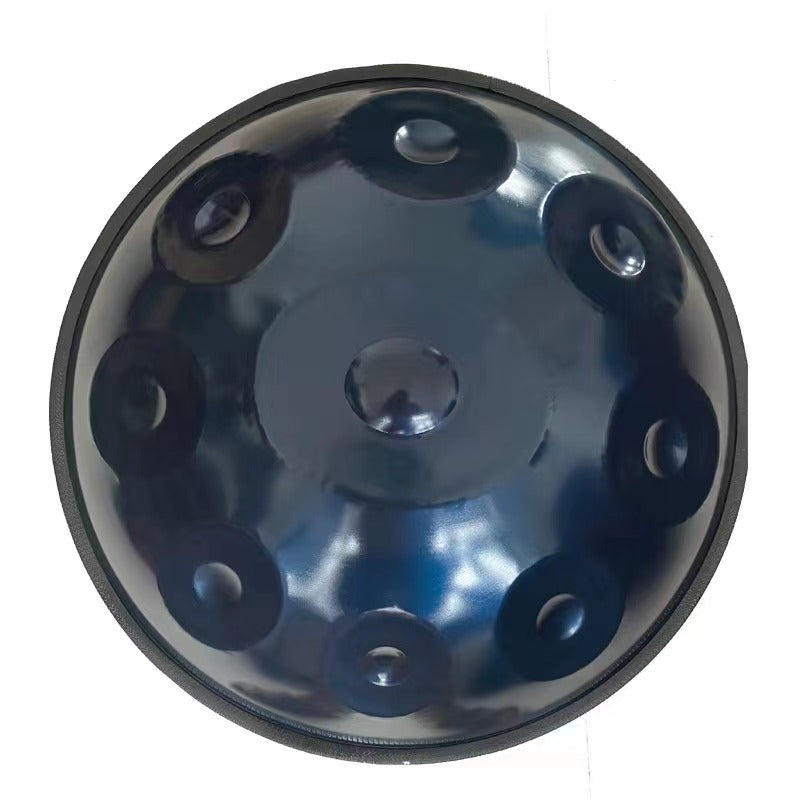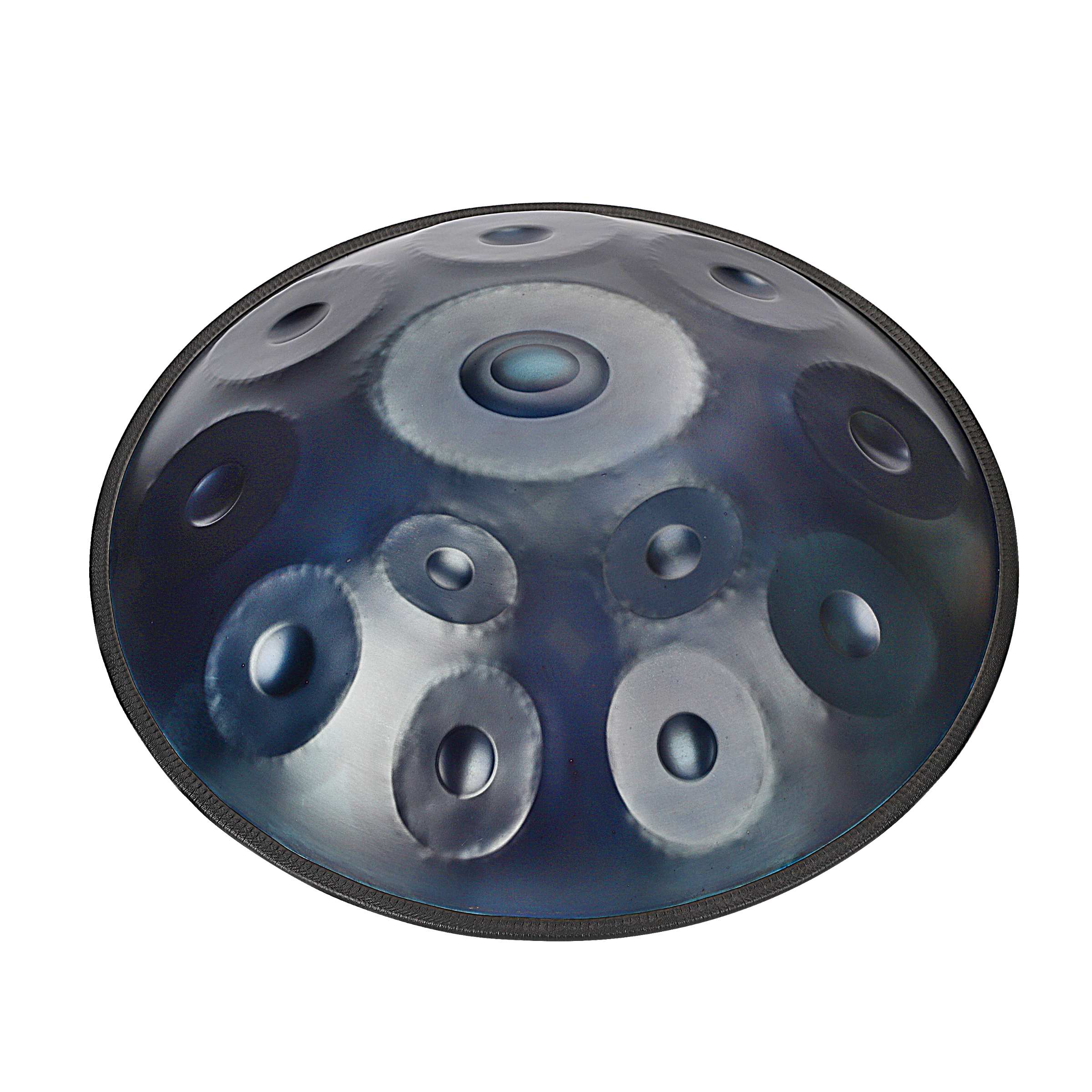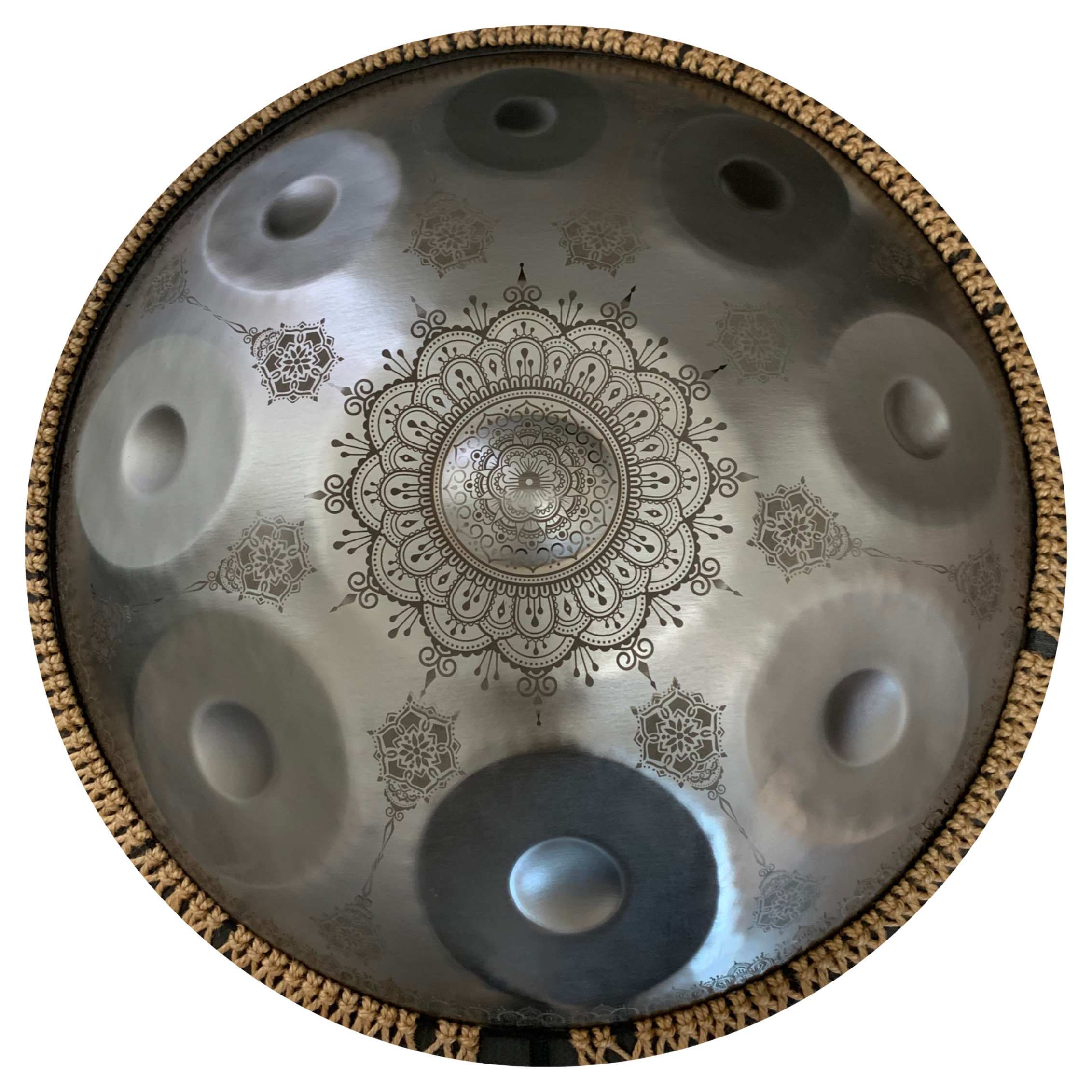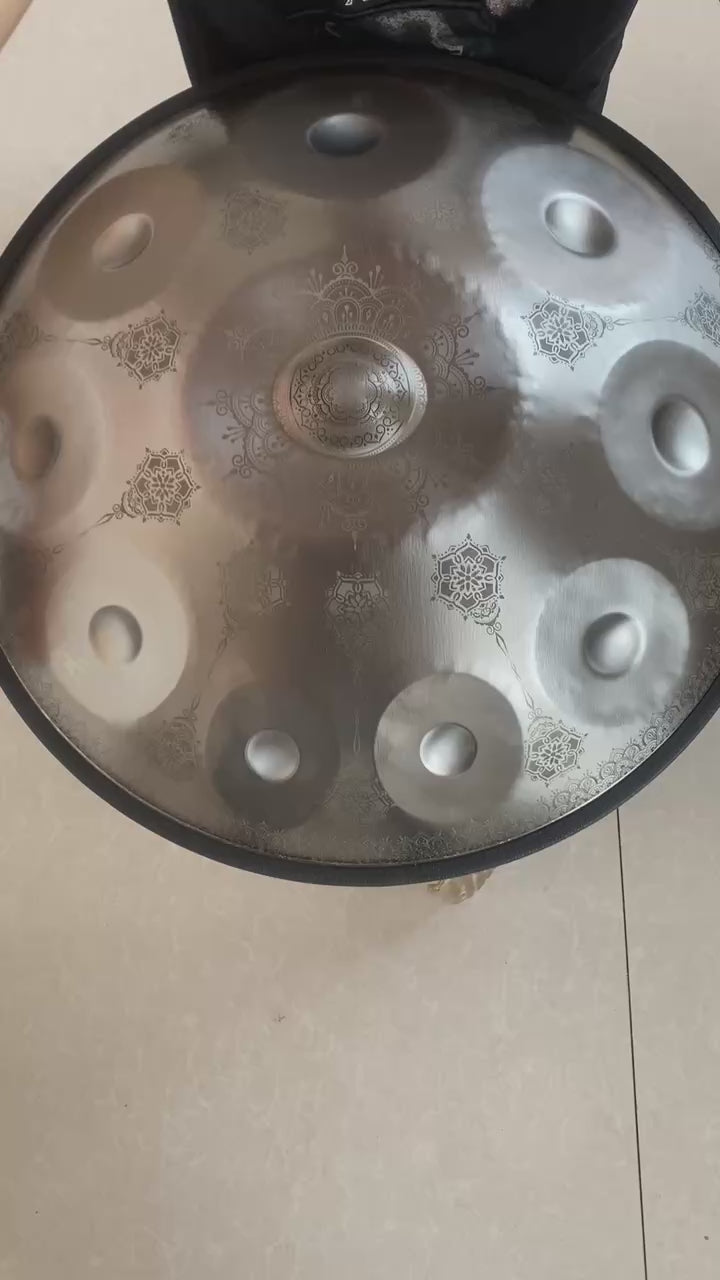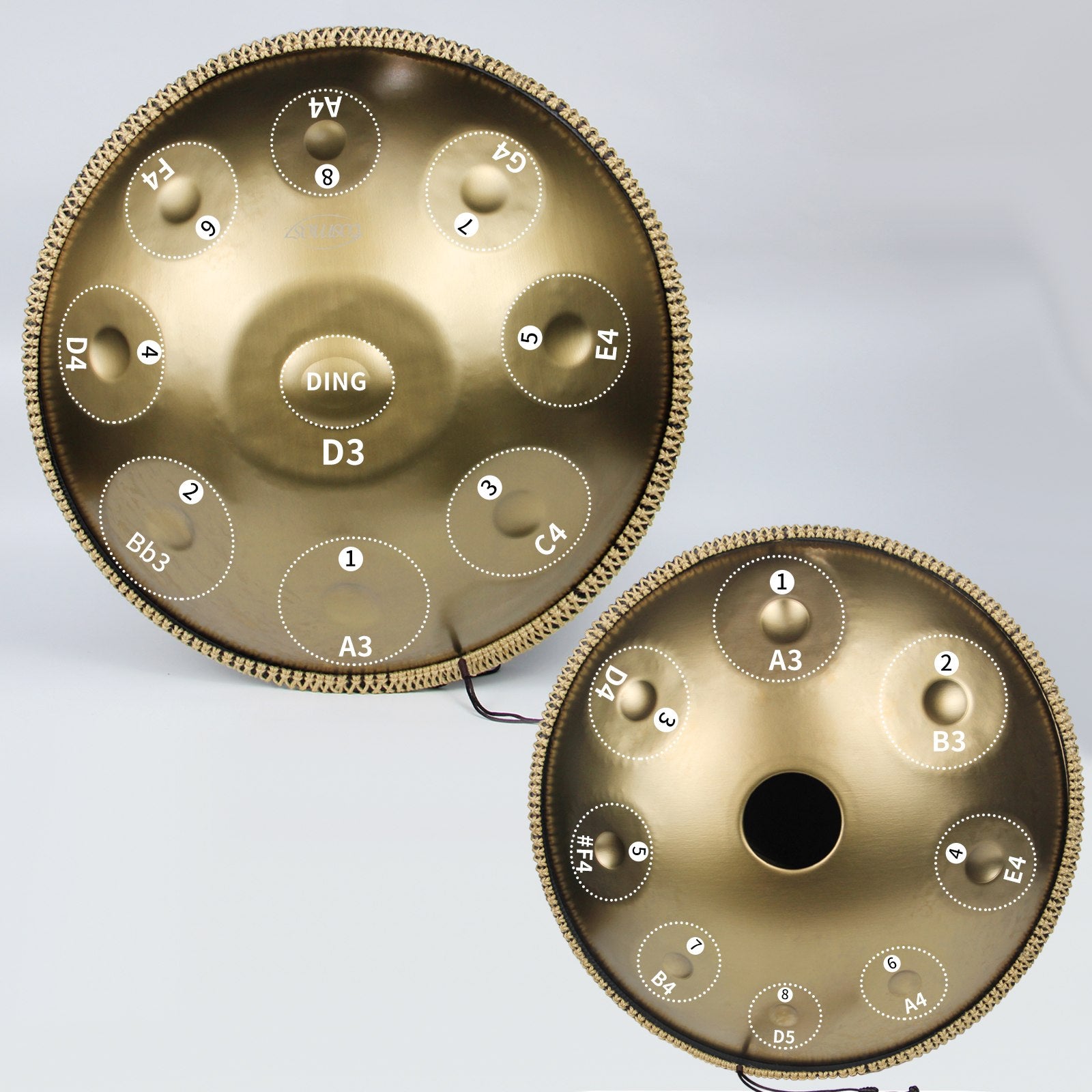Selecting the right minor handpan scale is a very important decision for any person who wishes to master this expressive and distinct musical tool. Because of such tone quality, handspan is ideal for musicians in search of solitude coupled with music-making that resonates gently in one's soul. Here's the detailed information that will help you choose the minor handpan scale that is suitable for you and which you will like most.

Understanding Handpan Scales
Handpans are producers of different types of musical scales; therefore, like most melodic percussion instruments, they are diatonic instruments and not chromatic like a piano. This tuning gives you distinctive sound flavor, though, it implies that the scale which you select will broadly define the music which you can produce. Handpan scales are typically categorized into three main types: This means that there are three broad categories, namely, primary category, minor category, and category that is exotic in terms of flavor. In this guide, let's get into the Minor Scales, recognized for its sad and mysterious undertones.
Popular Minor Handpan Scales
Kurd/Annaziska: The most used term for minor handpan scales is the Kurd scale. It is multi-functional and yields opaque and sad timbre. Annaziska scale may sound a little different, but it's in actuality slightly different and is specifically for C and C# notes. For example, D Kurd and C# Annaziska have the same arrangement but different names originating from the root pitch.
Celtic Minor/Amara: It's like the Kurd scale only different in some ways. This scale has the same relation as the Kurd scale, where it is scaled up a little bit. It removes a note that is just below and inserts a note that is above it; this makes the sequence convenient to play instinctively. This makes the Celtic Minor/Amara scale perfect for learners because it makes the sound very distinguishable and very easy to manage.
Pygmy: The Pygmy scale based on an African minor scale is more open-sounding than the minor modal scale. Minor scales are different from others because they omit some of the notes to provide such a character. The Pygmy scale is available in two variations: Pygmy and Low Pygmy, the latter is located at the lower register than the former.
Mystic: The Mystic scale can be described as dreamy and dramatic since this is reflected in the name of this scale. It is related to the Celtic Minor/Amara but omits the seventh instead of the sixth, therefore having a different sort of feel.
Choosing the Right Scale
Reflect on Your Musical Intentions: You must also think of the kind of music that is required to be produced. From the various seven minor scales, they are especially suited for sorrowful, meditative, and emotional compositions. To sum up, if you want your piece to convey intense and sophisticated emotions, a minor scale will suit you the most.
Listen and Test: When choosing the desired scale, try listening to different handpan scales online, or you can decide to take a handpan with you and then try out the various scales available there. Touching them, you will be able to assess the responsiveness, resonance, and other properties that relate to the playability of different scales.
Consider the Number of Notes: Most handpans are manufactured with 8 to 10 notes and sometimes more. With more notes, more options and creativity can be achieved, but it also poses challenges and problems, such as display problems or tuning. It's more acceptable for beginners to call for fewer delivery notes, as the provided way suggests.
Engage with Makers: Ensure that you have clear communication with certified handpan producers. They can offer suggestions on the peculiarities of each of the scales and possible modifications. Such interaction can also help you avoid choosing the wrong scale regarding your musical vision.
Think About the Instrument's Size and Tuning: It is very important to note that the size of the handpan and its tuning plays a very big role in the sound production of the handpan. Shells of 53 cm to 58 cm in length are suggested for first-time users, but experimenting with other sizes is not a bad idea at all.
Practical Considerations
Quality and Craftsmanship: Consult brands that are widely recommended to avoid complications regarding tuning as well as the durability of the equipment. These are steel pans and are very sensitive drums; even the slightest of imperfections affect the quality of their sound.
Budget: If you go for Handpans, these can be costly, and adding different notes would give an even higher price than the basic model. It is recommended to set your budget before shopping and think through which functionalities are crucial.
Accessories: Another critical component is a good case for the handpan, which is also necessary. Although soft cases are commonly provided, purchasing a hard case would protect and preserve the instrument's condition.
Conclusion
Selecting the proper minor handpan scale is more of a voyage of knowing oneself, one's aspirations, the sort of music she/he likes, as well as practical issues. Whether you love the combinations of the Kurd scale, the easiness of the pattern on the Celtic Minor or the Amara, the novelty of the Pygmy, or the romantic feel of the Mystic, you will find a minor scale that you will appreciate. Join the handpan community and consider all the opportunities and possibilities to make the right choice concerning the given scale for your music.

